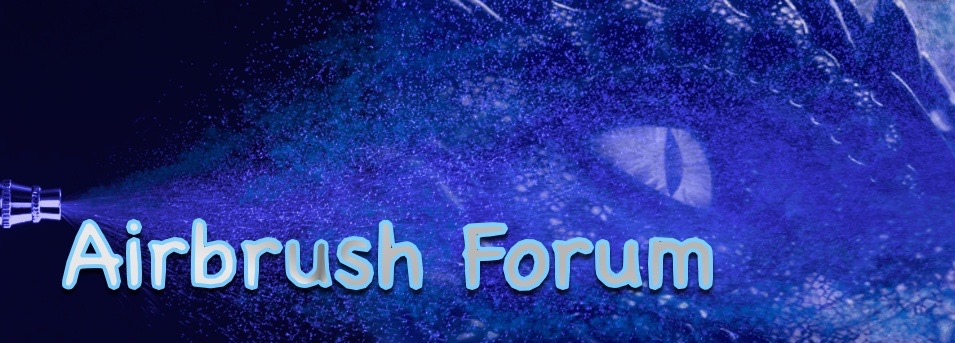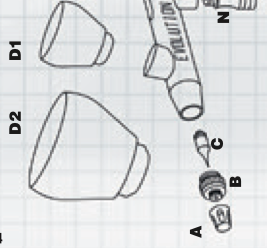rainfall
Young Tutorling
Today and some days ago I was practicing with my Harder en Steenbeck Evolution 2 in 1 airbrush when I noticed there is something wrong.
Because, when I for the last time cleaning tested the airbrush if everything was working alright there was coming water out of the airbrush even when I was not pulling back on the trigger for paint.
Today I did take my whole airbrush apart and checked everything if there was anything that I could see or thought, hmm that isn't really good.
But, nothing that I could think of.
After I took a look in the instructions of the airbrush, I saw one thing that I wasn't doing.
And that was pressing down on the trigger while inserting the needle back into the airbrush.
I'm wondering, could this be causing the problem I'm experiencing?
Would it have caused any damage and if it did, what damage would it be? How bad might it be?
And is there something that I can do to fix it?
I'm in need of help and if you need anything to help me out, tell me and I will see what I can do to provide it.
Because, when I for the last time cleaning tested the airbrush if everything was working alright there was coming water out of the airbrush even when I was not pulling back on the trigger for paint.
Today I did take my whole airbrush apart and checked everything if there was anything that I could see or thought, hmm that isn't really good.
But, nothing that I could think of.
After I took a look in the instructions of the airbrush, I saw one thing that I wasn't doing.
And that was pressing down on the trigger while inserting the needle back into the airbrush.
I'm wondering, could this be causing the problem I'm experiencing?
Would it have caused any damage and if it did, what damage would it be? How bad might it be?
And is there something that I can do to fix it?
I'm in need of help and if you need anything to help me out, tell me and I will see what I can do to provide it.


